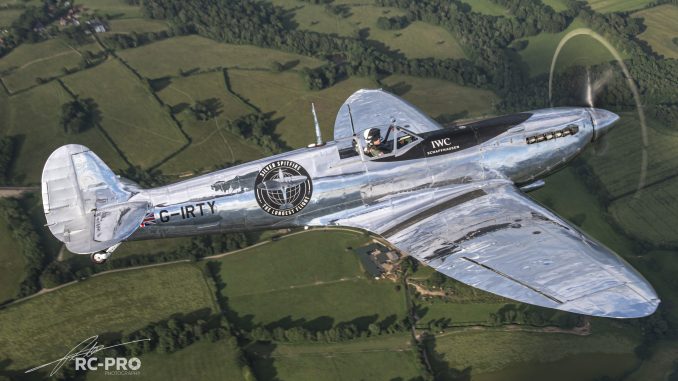
Much like it has been for the entire vintage aviation community, the Center of Aviation Photography (COAP) also had to suspend their in-person activities last year. Led by world-class photographer, Rich Cooper, the organization has made a name for itself in providing extraordinary aviation-related photography experiences for clients across the globe, both on the ground and in the air, and frequently in exotic locations. We are pleased to report that, following a pause in their in-person operations at the end of February, 2020, the team is now back in action. In fact they conducted their first air-to-air photography workshop during mid-June. Close to home, they took to the skies over Kent during the Battle of Britain Airshow at Headcorn, staged by locally-based Aero Legends.
Rich Cooper captured some stunning images during the workshop, and shared a few of them with us which we felt sure our readers would love to see as well. The aircraft taking part in the event featured some of the finest examples of their kind presently flying in England today, including the Boultbee Flight Academy’s Supermarine Spitfire Mk.IX MJ271, aka the Silver Spitfire. This combat-veteran fighter has an interesting history with several different military air arms, which we reported on HERE. The aircraft became famous for her 22,000 nautical mile circumnavigation of the planet which she began during the summer of 2019, flying in a stunning, polished aluminum finish, and completed on December 5th that year with her arrival home at Boultbee Flight Academy’s Goodwood Aerodrome facility.
When asked about this magnificent aircraft, Cooper responded poetically, stating: “No words can properly describe what this machine is like in the air. It glows, it teases, it shimmers, it’s translucent, it’s mesmerizing, it excites. It’s like it’s alive!“
Another iconic warbird which participated in the show and COAP’s photo mission was the Duxford-based Boeing B-17G Flying Fortress 44-85784 Sally B, Britain’s only airworthy example of the breed.
Another of the warbirds which took part in the COAP workshop included Aero Legends Supermarine Spitfire HF Mk.IX TD314. Aero Legends describe this aircraft’s history as follows… “TD314 was built at Castle Bromwich in late 1944 and fitted with a Merlin 70 as a High Level Fighter (HFIXE). She was one of the last high back Spitfires built as the production line switched to low back aircraft in February of 1945. She was delivered to 33 MU at Lyneham on 30th March 1945, transferring later that month to 30 MU before a further move to 6 MU where she was prepared for service with 183 (Gold Coast) Squadron at Chilbolton on the 24th June 1945. 183 squadron only kept its Spitfires for a short time before re-equipping with Tempests.
TD314 moved to 234 (Madras Presidency) Squadron at Bentwaters on 26th July 1945, it is in this squadrons colours that she is currently finished with the squadron codes of FX-P. Whilst with 234 squadron it is possible that TD314 took part in the 1945 Battle of Britain flypast over London. When 234 squadron converted to Meteors TD314 was transferred to 29 MU at High Ercall for disposal on the 27th February 1946.
In early 1948 TD314 was selected as one of the 136 Spitfire IXs to be sold to the South African Air Force and she was sent to 47 MU RAF Sealand where she was packed for shipment, leaving Birkenhead on the SS Clan Chattan 23rd April and arriving at Cape Town on the 12th May 1948. Details of her use with the SAAF are not known but she was sold for scrapping to the South African Metal & Machinery CO, Salt River, Cape Town, sometime during 1954. She remained in the scrap yard until recovered by Larry Barnett of Johannesburg in 1969. From there she passed through the hands of several owners before arriving in the UK via Canada in 2009.
Acquired by Aero Legends in 2011, restoration commenced at Biggin Hill culminating in a first flight on the 7th December 2013. TD314 is heavily featured in the new Haynes manual on Spitfire restoration having its picture pride of place on the front cover. TD314 has been named “St. George” which is prominently displayed on the fuselage.”
Two Douglas C-47 Skytrains took part in the event, and these included Aero Legends’ C-47A 42-100882 and the Battle of Britain Memorial Flight’s C-47A 42-24338. The latter aircraft is more properly a Dakota Mk.III, as she has served the entirety of her military career in that guise, first with the Royal Canadian Air Force and, since April 1969, with Britain’s Royal Air Force – in fact she has never been on the civil registry, likely a unique detail for the entire breed in terms of continuously operated examples. Her original RCAF serial is still a little murky though. When the RAF acquired her, they believed she was KG661, but subsequent research has revealed that KG661 was lost in an accident during 1944, so the RAF assigned the new serial ZA947 to their Dakota in July, 1979. Within the RAF, this Dakota served for many years in various roles Royal Aircraft Establishment Farnborough, long known as an aerospace research facility. With that part of her service life coming to a conclusion in 1993, she then joined the Battle of Britain Memorial Flight to serve both as a historic display aircraft, but perhaps more importantly, as a multi-engine tail dragger pilot proficiency airframe, saving hours and reducing risk to the Flight’s Avro Lancaster B.Mk.I PA474.
With respect to the other C-47, Aero Legend’s example has an extraordinary history, having served with the 87th Troop Carrier Squadron, 438th Troop Carrier Group from Greenham Common at the time of the D-Day invasion. Her crew nicknamed the aircraft Drag ’em Oot due to her role in glider recovery missions following the massed airborne invasion of Normandy on June 5th/6th, 1944. With a hook hanging beneath the fuselage, the C-47 could fly low over the terrain and snatch a cable attached to a stationary glider on the ground, hauling it into the air. Using powerful winches installed in her fuselage, the C-47 could then reel the glider in to a normal towing position and ‘ferry’ the unpowered aircraft for release over the desired airfield so that it could be reused in future missions. Drag ’em Oot apparently took part in several such operations to recover gliders from the Normandy battlefield. In early September, 1944, the USAAF transferred her to the Royal Air Force as Dakota Mk.III TS422. She initially went to No.1 Heavy Glider Storage/Servicing Unit at RAF Netheravon in Wiltshire, but was soon on her way to India, where she joined RCAF 436 Squadron in Gujarat. At war’s end, the Royal Canadian Air Force took formal ownership of TS422. She served out the rest of her military service in Canada, before joining the civil registry. The aircraft was still earning her keep as a cargo aircraft into the 1990s. Grounded and forlorn in Arizona during the early 2000s, the Dakota owes her survival to a fellow named Paddy Green who was determined to restore and fly a combat-veteran C-47 on the air show circuit in Britain. After a monumental restoration effort, the aircraft regained her military guise, and has been a huge hit wherever she flies. In 2017, Aero Legends acquired her from Paddy Green, and continue to operate the aircraft around Europe. Sadly we learned that Paddy passed away in March this year – a remarkable man, he leaves such an important legacy for future generations.
Rich Cooper told Warbird Digest: “It’s good to be back. After pausing ops on 28th February 2020, COAP undertook the first return to operations today over the skies of Kent during the Battle of Britain Airshow, expertly staged by Aero Legends, with some of the most skilled pilots in the world. Epic.”
“With travel restrictions still biting, we hope to be able to recommence operations in Europe and the US very soon. However, we are very excited to also be able to undertake more classic British air-to-air sorties and cannot wait to welcome visitors from overseas to undertake these amazing experiences.”
Many thanks indeed to Richard Cooper for this report! Please be sure to check out the Center of Aviation Photography to learn more about this fabulous organization and how you too can take part in their assignments!
COAP: As many will recall, world-renowned, award-winning photographer and journalist Rich Cooper co-created COAP with Steven Comber in 2015. A professionally run organization, COAP operates a year-round program of aviation-photography experiences for participants via a staggering portfolio of Aviation Photography Workshops, Photo-Shoots, Air-to-Air flights, Seminars and Exotic Wings photography visits around the world. During the pandemic Cooper launched COAP Online, the internet’s best resource for entertainment, information, community, education & training in the aviation photography world or to say in the words of Rich “virtually anything aviation!” Learn more about COAP Online at www.coaponline.com


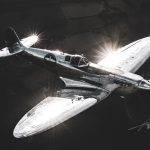
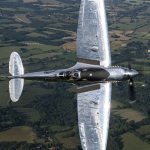
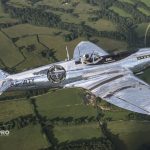
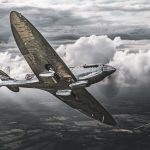
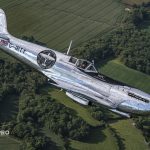
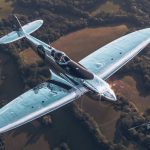
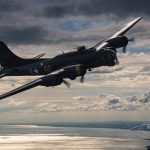
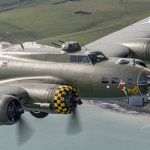
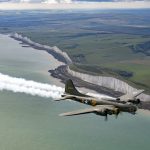
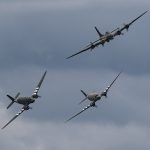
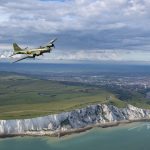
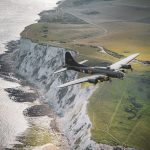
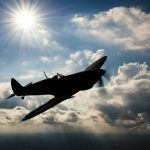
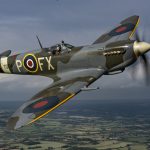
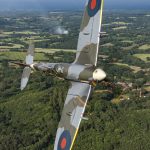
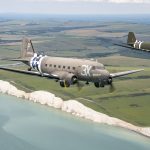
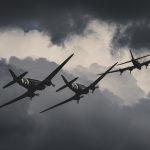
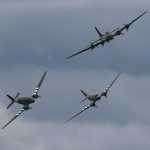
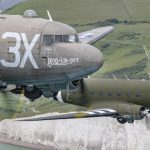
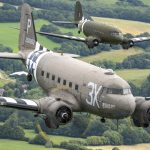
Be the first to comment
Graphic Design, Branding and Aviation Art